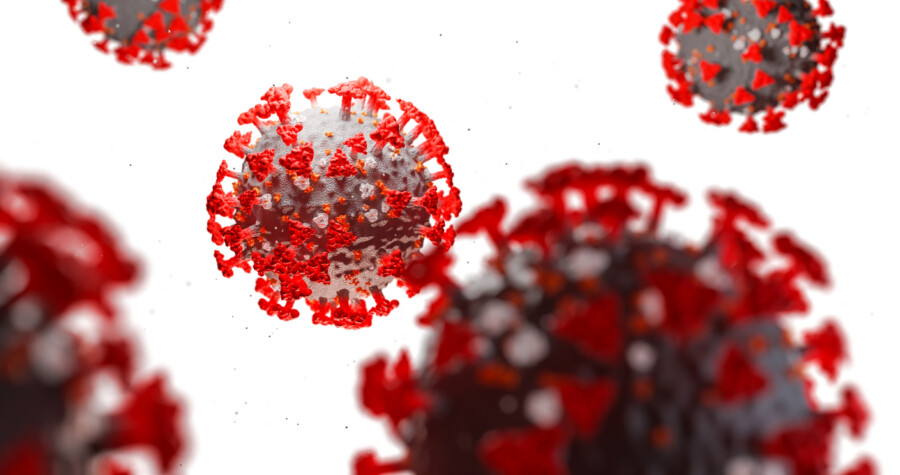The Link Between COVID-19 and Deep Vein Thrombosis

Recent studies have shown patients with COVID-19 have an increased risk of blood clots.
One of the many risk factors associated with deep vein thrombosis (DVT), a potentially dangerous blood clot in the deep veins of the leg, is varicose veins. In fact, according to a 2018 study performed in Taiwan, varicose veins increased the likelihood of DVT by more than five times.
Now, as doctors and scientists learn more about the effect of COVID-19 on the body, one surprising development has come to light: recent studies have found a link between the virus and blood clots like DVT. Research is preliminary at this point, and there is no evidence of a direct correlation between varicose veins and COVID-19-induced blood clots. But doctors have begun to monitor COVID-19 patients for DVT and other clotting disorders.
How COVID-19 Causes Blood Clots
COVID-19 appears to cause an elevated level of a blood clotting protein, factor V. After a cut, this protein rushes to the wound to stop the bleeding. That’s a normal part of healing, but a factor V level above the normal range could indicate a blood clot. A study done by Harvard Medical School at Massachusetts General Hospital reported hospitalized COVID-19 patients displayed higher factor V levels that put them at heightened risk of DVT or a pulmonary embolism, a blood clot in the lungs.
A study out of Vienna investigated the relationship between COVID-19 patients and DVT, as well. Reviewing more than 5,000 studies of venous thrombosis and DVT, the researchers concluded the chance of developing DVT in COVID-19 patients cared for in a general hospital ward rose by between 5 percent and 11 percent. For critically ill COVID-19 patients in the ICU, the risk soared to 18 percent to 28 percent. Furthermore, nearly half of hospitalized COVID-19 patients were found to have DVT after an ultrasound. Those who developed DVT had a high concentration of D-dimer, another marker for blood clots.
A Massachusetts Institute of Technology study reported that 70 percent of patients that died from COVID-19 had blood clots in small blood vessels. Taken together, these studies suggest close monitoring of COVID-19 patients for DVT and other blood clots. One recommendation would be to administer blood-thinning therapeutics to all patients, not just those in the ICU.
DVT can be life-threatening if the clot dislodges from the leg vein and travels to the lungs, where a pulmonary embolism (PE) can occur. Signs of DVT include leg swelling, pain, tenderness, warm, red or discolored skin. Anytime you notice those symptoms, check with your doctor. If you’re experiencing a PE, you’ll have labored breathing, chest pain, irregular heartbeat, and a bloody cough. A PE requires immediate medical treatment in the emergency room.
While there’s no established link between varicose veins and COVID-induced blood clots, these alarming statistics certainly indicate that patients with varicose veins or other DVT risk factors should take the novel coronavirus very seriously.
Center for Vein Restoration COVID-19 Precautions
At Center for Vein, we take patient safety very seriously, and that includes during the coronavirus pandemic. We offer our patients both in-house and telemedicine options. If you schedule an in-person appointment, be assured we take all precautions such as scheduling a limited number of patients in the waiting room, requiring mask wearing, and disinfecting our exam rooms after each patient. If you are experiencing any vein issues, don’t hesitate to make an appointment.